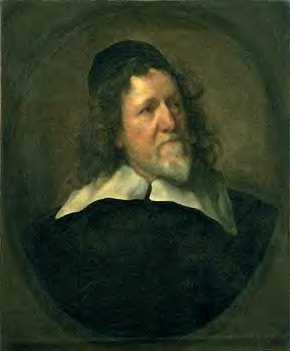Inigo Jones (Inigo Jones)

Architect. Born in Smithfield, London in 1573, little is known of his early life except that he was the son of a Welsh cloth worker, and was christened at the church of St Batholomew the Less. Inigo is often called the first English architect. Best known for his revolutionary buildings in London, most notably the Queen’s House, Greenwich (1616) and the Banqueting House, Whitehall (1619), he can be described as the father of English Palladianism. In 1629 he resumed his work, but this time for Charles I’s Queen, Henrietta Maria. It was finished in 1635 and was the first strictly classical building in England, employing ideas found in the architecture of Palladio and ancient Rome. This is Inigo Jones’s earliest surviving work. With both James I and Charles I Jones’s chief patrons, Palladianism gained a reputation as the royal style. This resulted in a series of brilliant, costly buildings. However, this close association also meant that his career was subject to the political upheavals of the day: the outbreak of the English Civil War in 1642, brought an end to his glittering career. An architect of immense creativity, his greatest influence was Palladio. He examined Palladio’s buildings in detail, as well as his books and drawings. However, he also drew on the ideas of Bramante, Serlio, Scamozzi (whom he met in Venice, 1614), and the French designer Jean Barbet. In 1652, Jones died in Somerset House, London, one of his finest buildings. He never married, and was succeeded by his assistant John Webb, who continued to champion his architectural style. Many of Inigo’s building survive; so do his drawings, the majority cherished by the RIBA British Architectural Library. Together, these continue to inspire architects to this day. (bio by: Shock)
Born
- July, 15, 1573
Died
- June, 06, 1652
Cemetery
- St Benet's Paul's Wharf, London
- London

